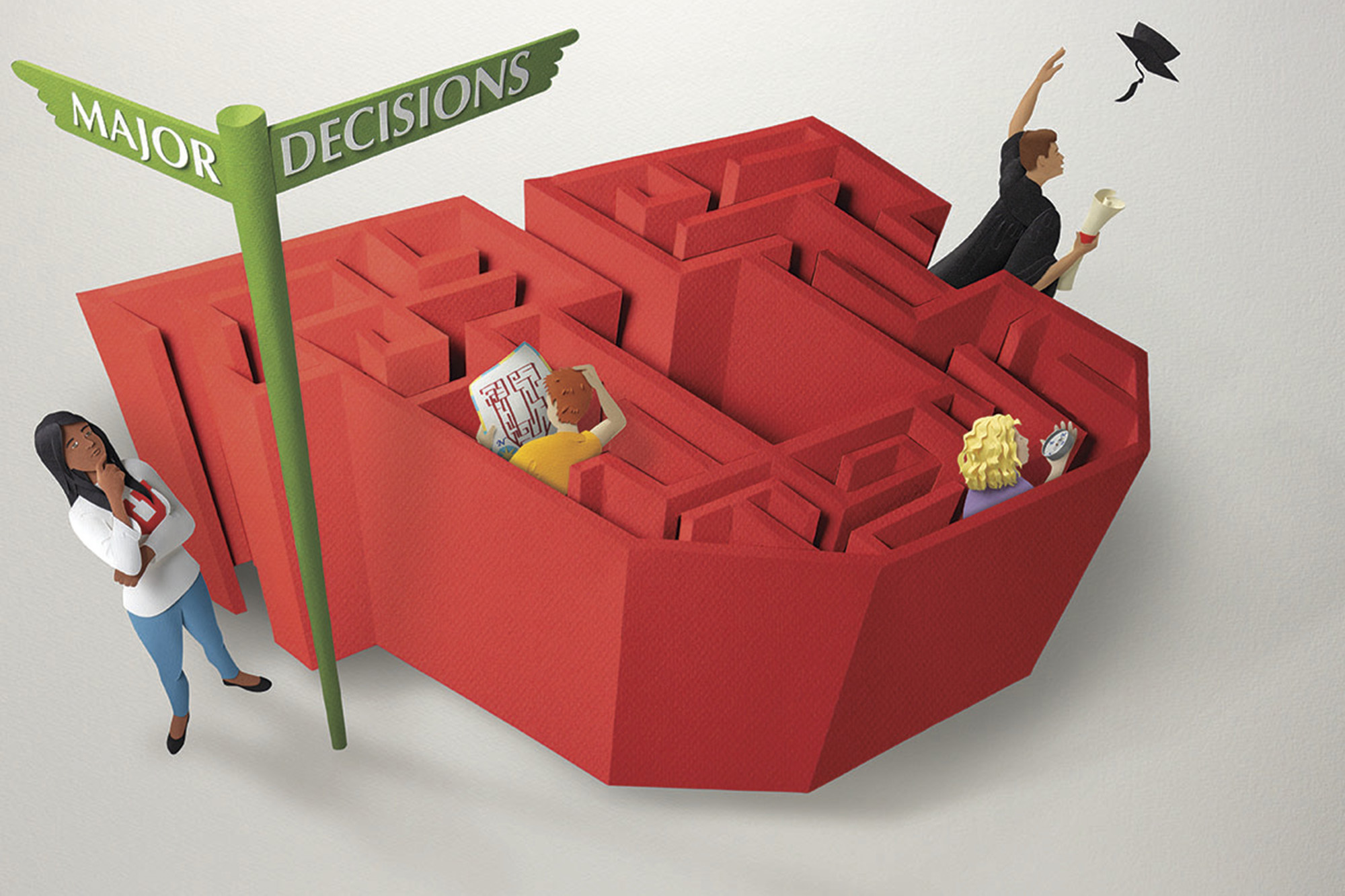
How our biases are reflected in how fast we make decisions
August 13, 2024
Quick decisions more likely flow from biases, while people who take longer make better decisions, according to study led by Utah mathematicians.
Quick decisions are more likely influenced by initial biases, resulting in faulty conclusions, while decisions that take time are more likely the result in better information, according to new research led by applied mathematicians at the University of Utah.
A team that included Sean Lawley, an associate professor of mathematics, and three former or current Utah graduate students used the power of numbers to test a decision-making model long used in psychology.
They developed a framework to study the decision-making processes in groups of people holding various levels of bias.
“In large populations, what we see is that slow deciders are making more accurate decisions,” said lead author Samantha Linn, a graduate student in mathematics. “One way to explain that is that they’re taking more time to accumulate more evidence, and they’re getting a complete picture of everything they could possibly understand about the decision before they make it.”
The findings were reported this week in the journal Physical Review E.
The researchers explored how initial biases of individuals, or “agents,” in a group affect the order and accuracy of their choices. The goal was to determine whether a decision was driven mainly by an agent’s predisposition as opposed to accumulated evidence.
They found, in short, the faster the decision was made, the less informed it was and more likely to be wrong.
“Their decisions align with their initial bias, regardless of the underlying truth. In contrast, agents who decide last make decisions as if they were initially unbiased, and hence make better choices,” the study states. “Our analysis shows how bias, information quality, and decision order interact in non-trivial ways to determine the reliability of decisions in a group.”
Read the full story by Brian Maffly in @TheU.